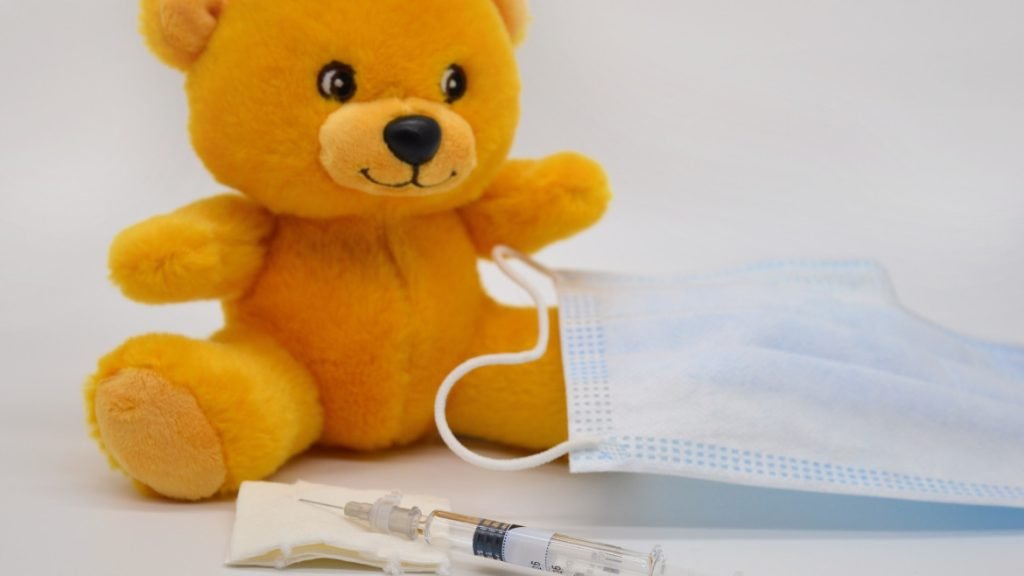Car seat safety chart
INFANTS
Birth to One Year; Up to 20 Pounds
Use infant-only seat or convertible
Must be rear-facing with harness straps at or below shoulder level
TODDLER
Over One Year; 21-39 Pounds
Convertible car seat is rear facing until the child outgrows either the weight limit or the length limit for rear facing position. This means the seat can be used longer by your child.
Harness across the chest or at shoulder level
YOUNG CHILDREN
40-80 Pounds, Unless over 4 feet 9 inches
Belt positioning booster seat, forward-facing
Belt positioning booster seats must be used with both lap and shoulder belts
Helpful Child Safety Tips
Child Proofing Your Home
When inspecting your home for possible hazards, it is a good idea to get on your knees and view your home as your child would see it. Safety options include electrical outlet covers, cabinet and drawer latches, toilet latches, fireplace covers and padded strips to be placed on furniture that has sharp edges.
Placement of furniture is another concern. Be certain to place cords from blinds, electrical cords and breakable objects out of the reach of children. Remember that children are very curious and should not be left unsupervised.
Be cautious when selecting plants for your home as many are toxic. If your home has pets indoors, be certain that children cannot access litter boxes, pet medications, or pet foods.
Outdoor/Summertime Safety
Have fun in the sun but don’t get burned! Always remember to use sunscreen on children over six months of age (SPF 15 or greater with both UVA and UVB protection). Sunscreen should be reapplied after swimming. For children under six months of age, keep them in the shade. Use hats, and loose, long-sleeved clothing to keep them sun free.
Swimming Pools
Make sure that all pools are enclosed to prevent accidental drowning and never allow children to swim unsupervised. The Centers for Disease Control recommends using life jackets rather than water wings. Take children for frequent bathroom breaks or diaper checks and they should refrain from swimming if they have diarrhea. Children should shower before and after swimming. Do not allow your child to swallow pool water. Remember that safety is very important… keep an eye on your children at all times!
Heat Exposure
Remember with all the outdoor summer activities to stay hydrated by drinking lots of fluids and staying out of the direct sunlight. Wear light clothing, hats and sunglasses. Signs of heat exhaustion include dry mouth, dizziness, chills, vomiting and convulsions. Treatment includes moving the child indoors to a cool area. Rehydrate with liquids given slowly to prevent vomiting. If vomiting persists, the child may need to be taken to the nearest Emergency Room for intravenous hydration.
Food Safety
Always make sure that foods are properly sealed and stored in closed containers and at the correct temperature. Foods containing mayonnaise and dairy products can easily spoil which may lead to food poisoning caused by the bacteria Salmonella.
Grilling
Take extra precautions when cooking outdoors to make sure that children are not exposed to the hot coals and grills. If a child receives a burn, immediately submerge the burned area in running cool water (no ice) for five minutes, then cover in a damp cloth before preceding to the nearest Emergency Room.
Car Seat/Booster Seat Safety
Georgia has a child passenger safety law which states that children under the age of eight are required to be in a child’s safety seat or booster seat appropriate for the child’s height and weight. The seat must be used according to the manufacturer’s directions. The law also requires children under eight to ride in the rear seat of the vehicle. Be aware of the potential for injury from an airbag deployment if children under twelve are placed in the front seat.

